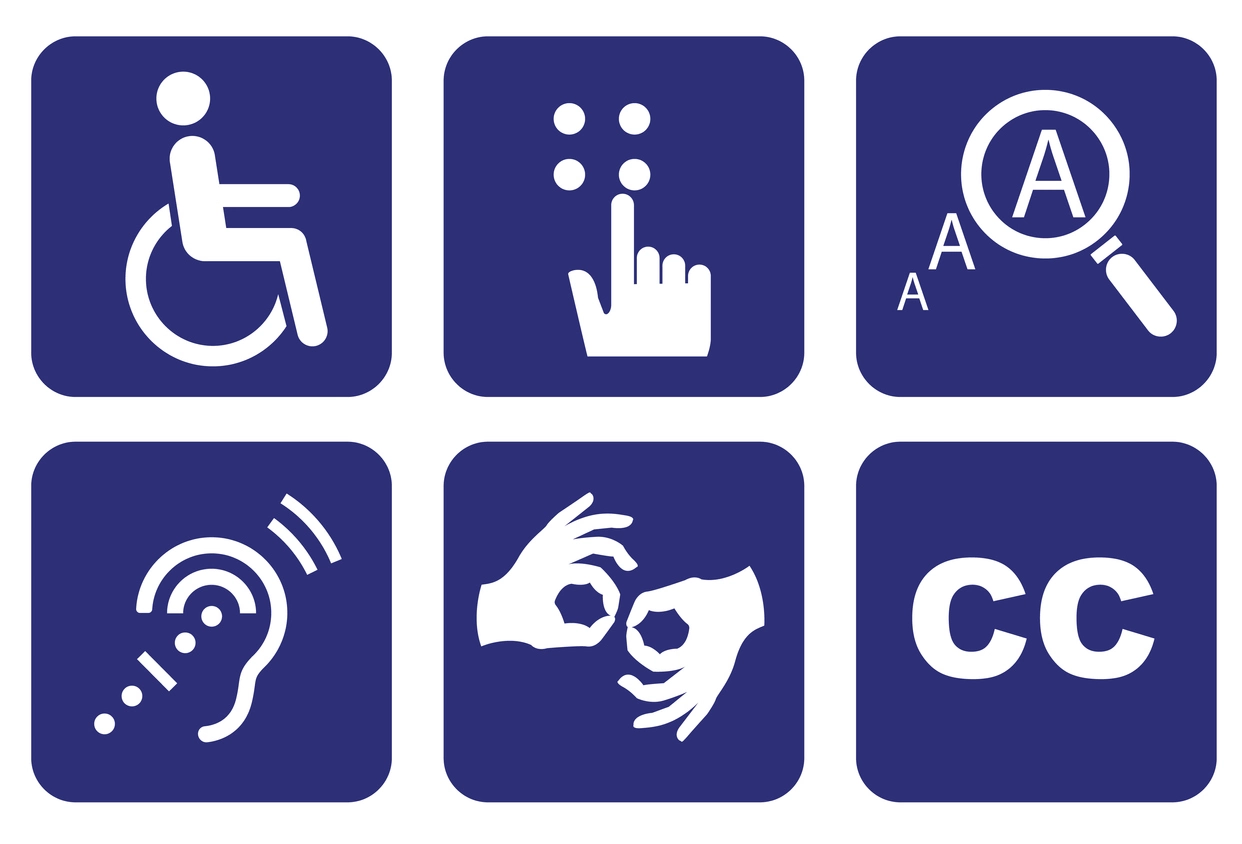WCAG 2.0 / 2.1

Web Content Openness Rules (WCAG) is created through the W3C cycle in participation with people and associations all over the planet, with an objective of giving a solitary common norm to web content availability that addresses the issues of people, associations, and state run administrations universally. The WCAG records disclose how to make web content more open to individuals with inabilities. Web "content" by and large alludes to the data in a page or web application, including:
- Normal data like text, pictures, and sounds
- Code or markup that characterizes structure, show, and so forth
Content that adjusts to WCAG 2.1 additionally adjusts to WCAG 2.0.
Furthermore content that adjusts to WCAG 2.2 will likewise adjust to 2.1 and 2.0. (This is regularly called "in reverse viable".) A site that meets WCAG 2.1 or 2.2 should meet the necessities of arrangements that reference WCAG 2.0. To put it another way: to meet both WCAG 2.0 and WCAG 2.1, you can utilize the 2.1 assets and you don't have to try checking out 2.0.
WCAG 2.0 and WCAG 2.1 are both existing norms. WCAG 2.1 doesn't belittle or supplant WCAG 2.0. W3C urges you to utilize the latest rendition of WCAG when creating or refreshing substance or availability strategies.
Different rules
WCAG is essential for a progression of openness rules, including the Composing Apparatus Availability Rules (ATAG) and the Client Specialist Openness Rules (UAAG). Fundamental Parts of Web Availability clarifies the connection between the various rules.
Fundamental Parts of Web Availability Rundown
This page shows how web openness relies upon a few parts cooperating and how enhancements in explicit parts could considerably further develop web availability.
It gives the establishment to understanding the different openness guidelines created by the W3C Web Availability Drive (WAI).
Presentation
It is fundamental that few unique parts of web advancement and connection cooperate for the web to be open to individuals with handicaps. These parts include:
